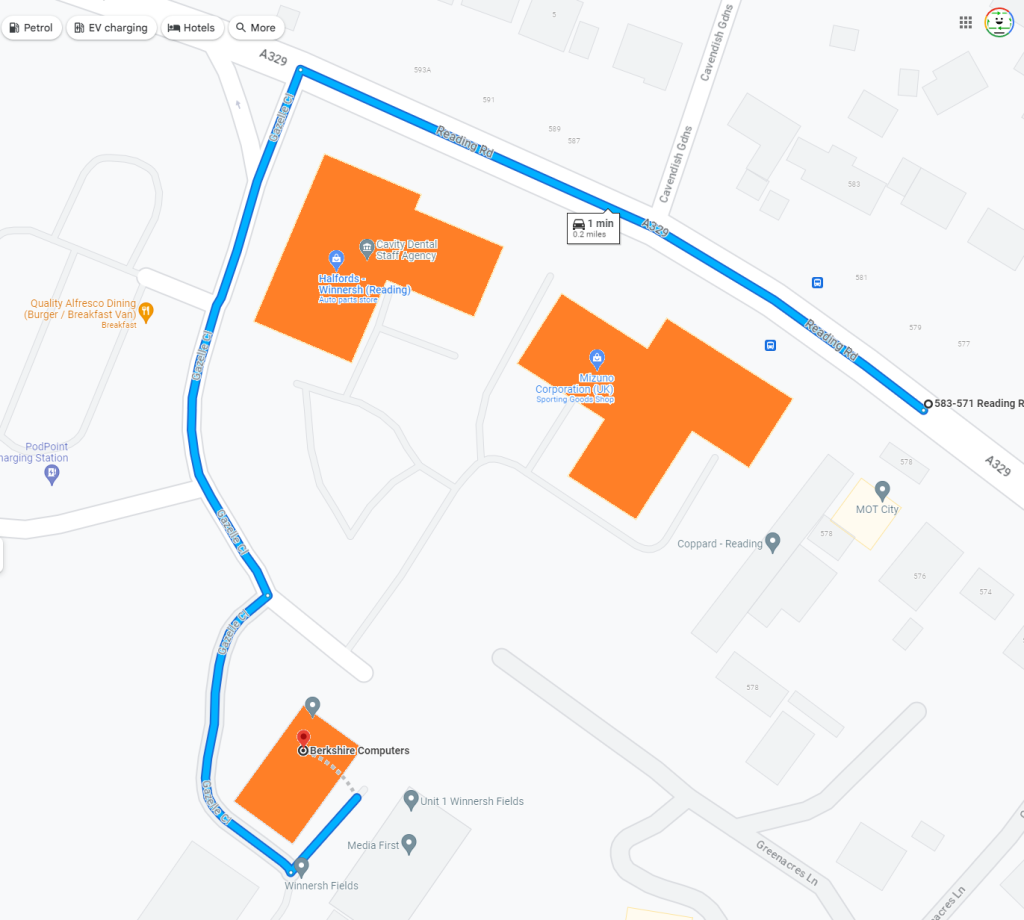Essential Tips for Getting Quick and Effective Help with Your Computer Issues
As a member of the tech community, it’s disheartening to see many users posting questions only to receive little to no feedback. It often comes down to a lack of crucial information. To ensure you get the assistance you need for your PC or computer troubles, I’ve created a useful template that outlines the essential details you should provide in your inquiry.
Understanding Your Computer’s Specifications
First and foremost, recognize that Computers are much more complex than just a colorful box meant for gaming. Each machine is tailored for specific performance levels based on its configuration, which varies according to the owner’s requirements and budget. This diversity makes it imperative for you to share comprehensive details about your system to facilitate effective troubleshooting.
Key Information to Include
Here’s a checklist of what you should provide when seeking help:
-
Form Factor: Is your device a laptop or a desktop? This basic distinction helps responders understand the hardware setup.
-
Brand and Model Number: If your computer is commercially made, mention both the brand (e.g., HP, Dell) and its model number. You can usually find this information either on a sticker located on the laptop’s underside or inscribed on the device itself. If you’re unable to locate it, check the original packaging; keeping these boxes could save you time in the future.
-
CPU Model: Provide details about your processor. Specify whether it’s an Intel (e.g., i5-10600K) or an AMD (e.g., Ryzen 5 3600) along with the model number.
-
RAM Capacity: Share the amount of RAM your machine has. If you’re unsure what RAM is, a quick online search will clarify.
-
Power Supply Wattage: Let us know the wattage rating of your power supply unit.
-
Graphics Card Information: If your machine has a dedicated graphics card, specify the brand (Nvidia or AMD) and its model number.
By providing this detailed information, you greatly increase your chances of receiving prompt and helpful guidance.
Additional Tips for Successful Troubleshooting
-
Reboot First: Before reaching out for assistance, restart your computer. Many issues can be resolved simply by rebooting.
-
Error Messages: If you encounter any error messages, including these in your post can simplify the diagnosis process. Sometimes the simplest solution is hidden within an error code
Share this content:



